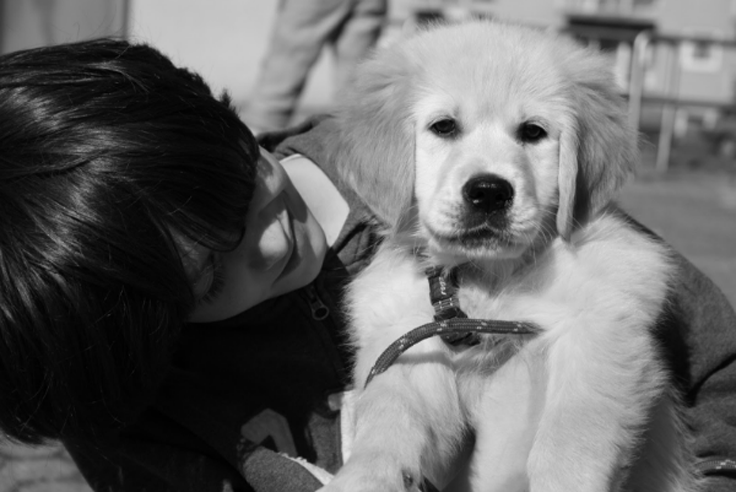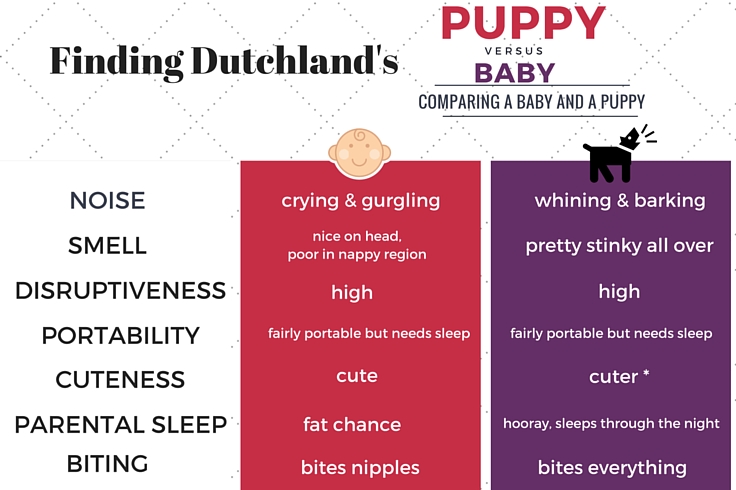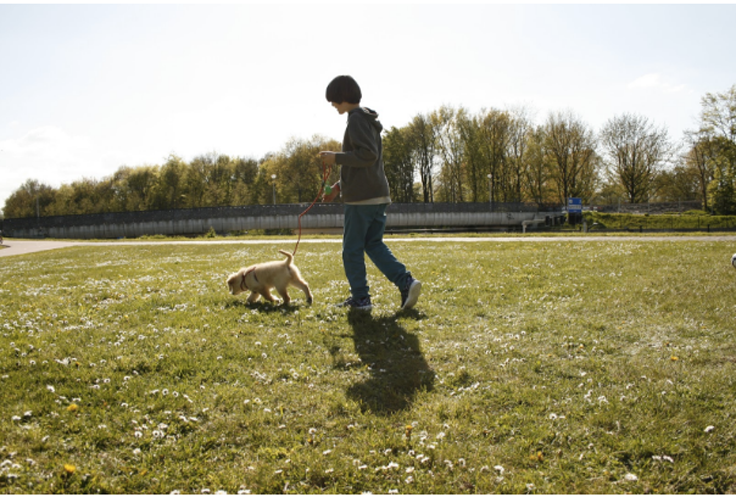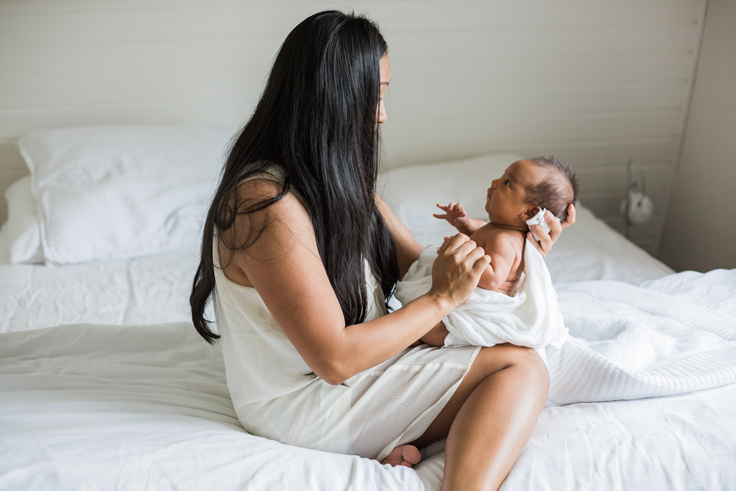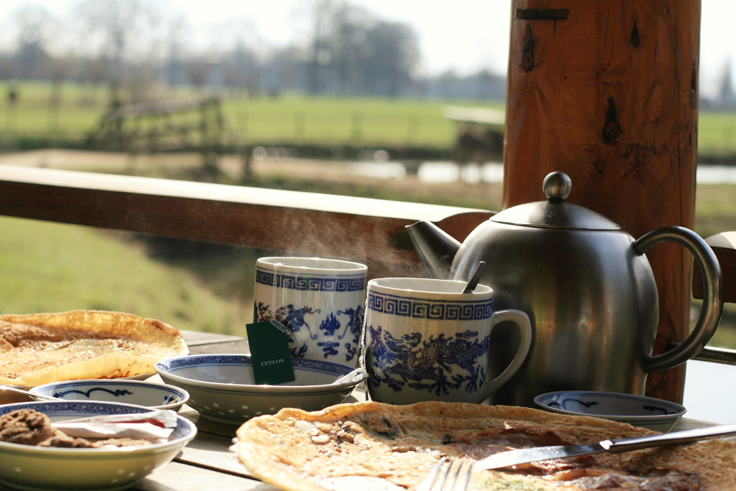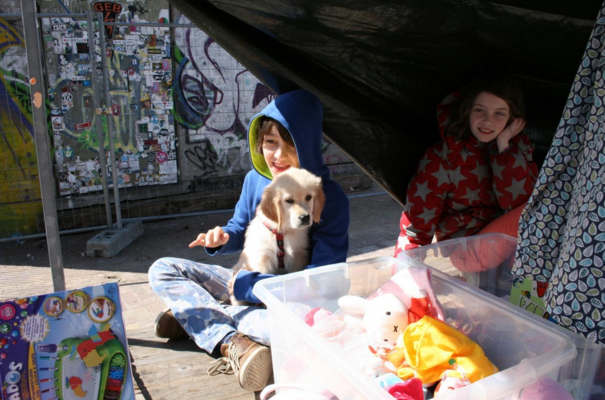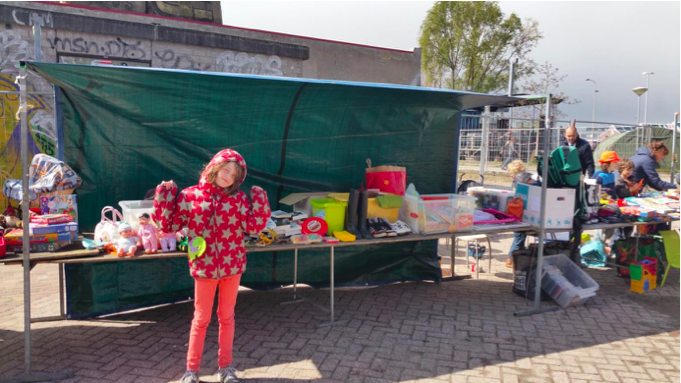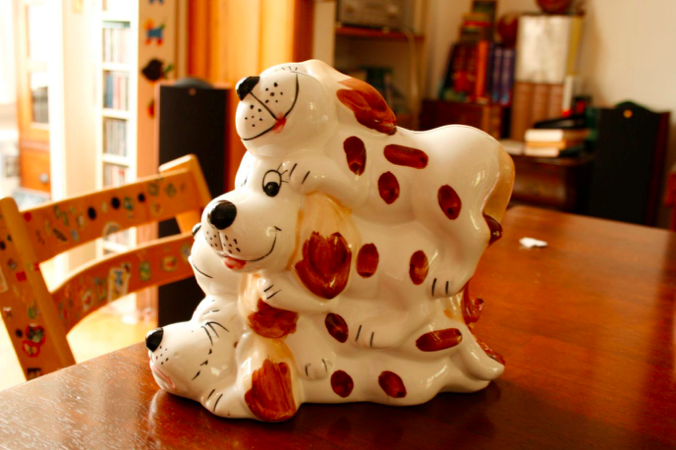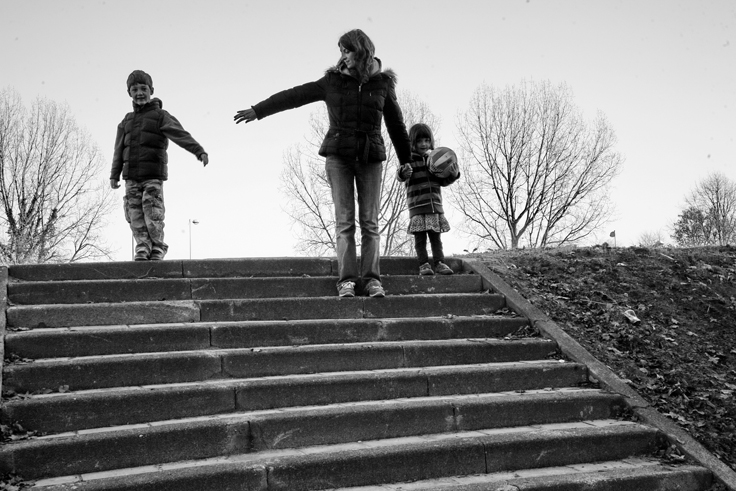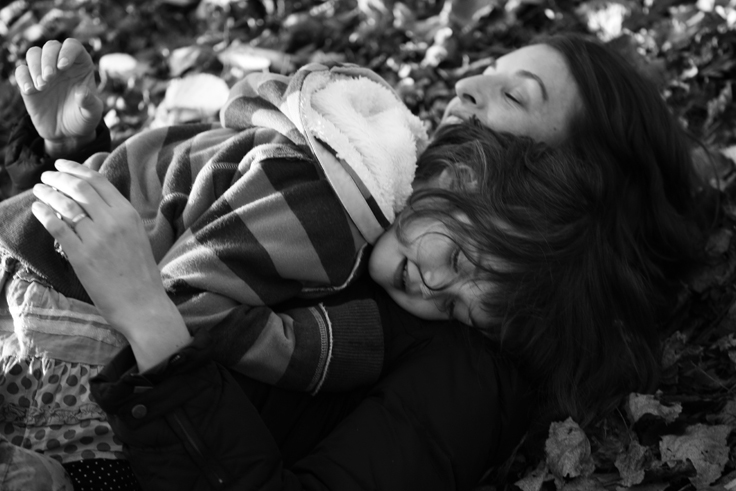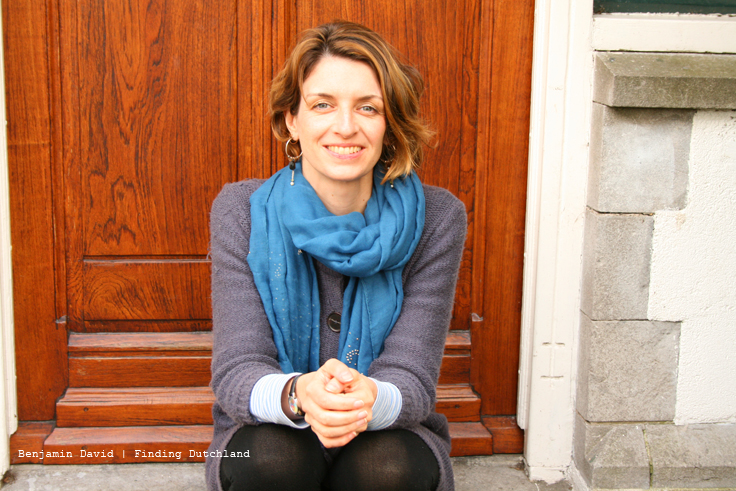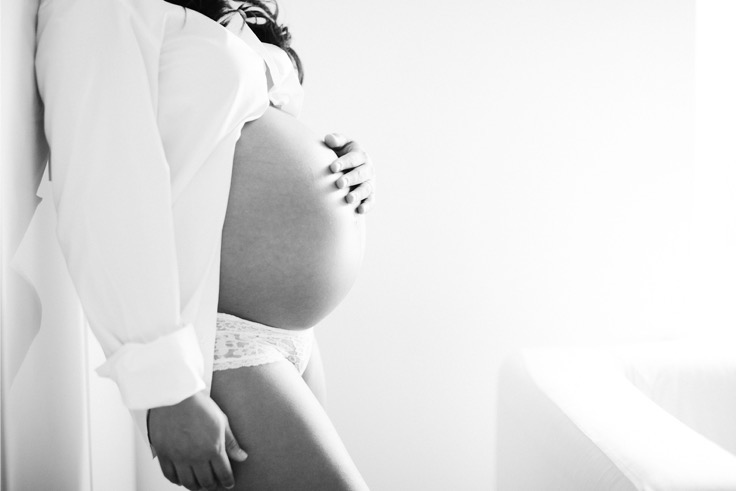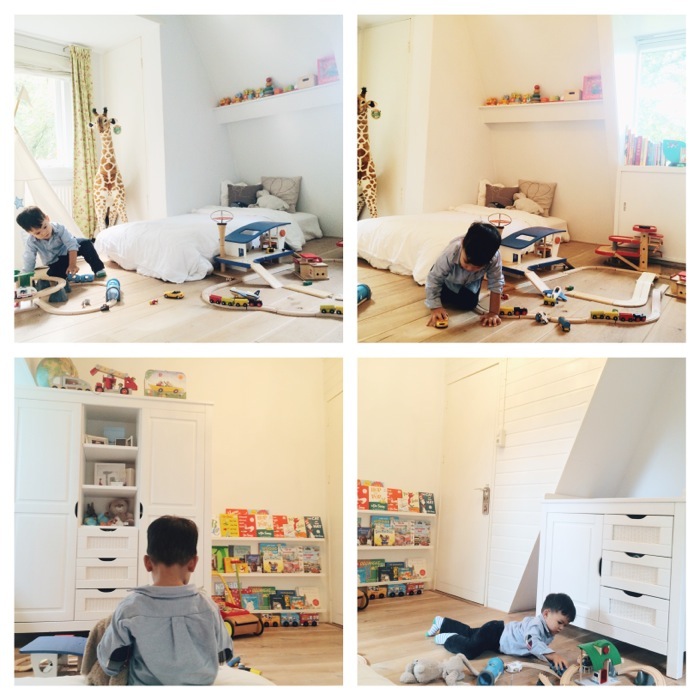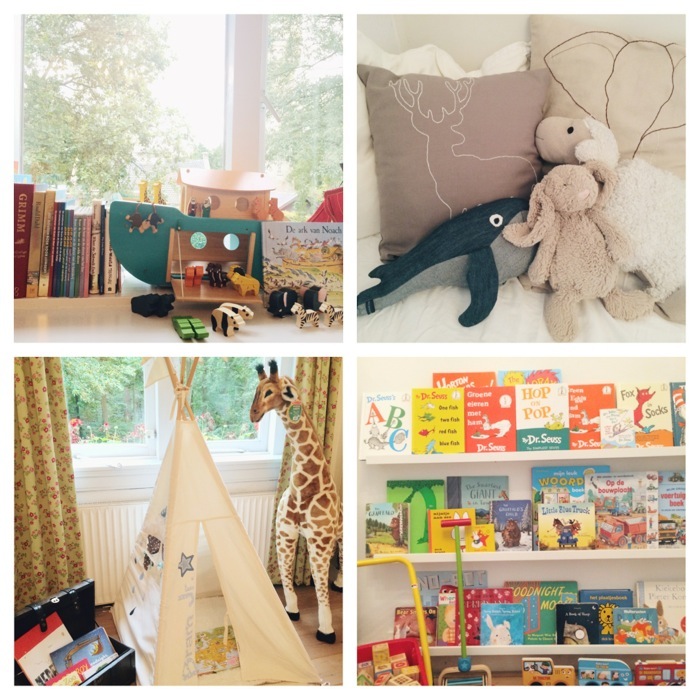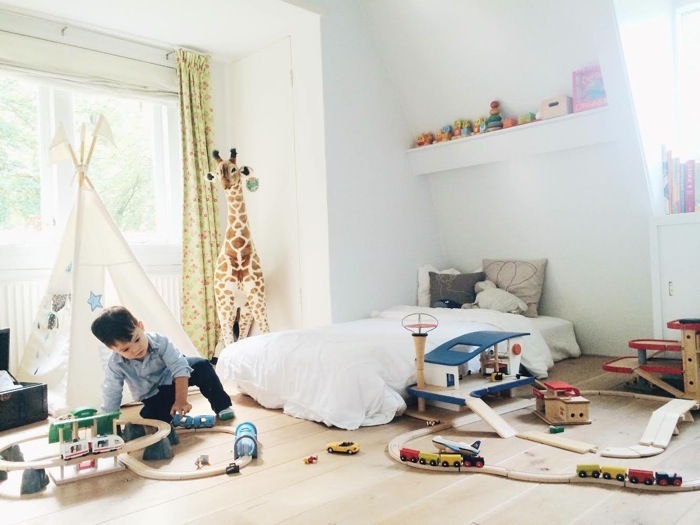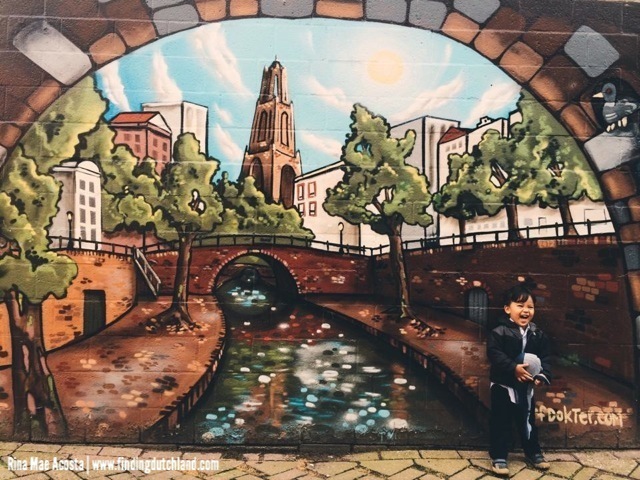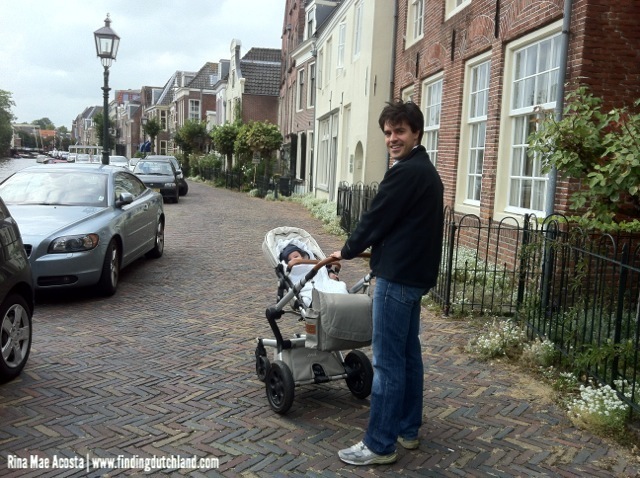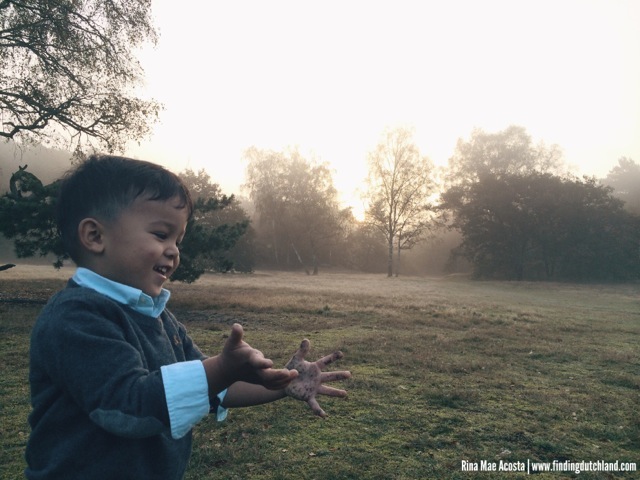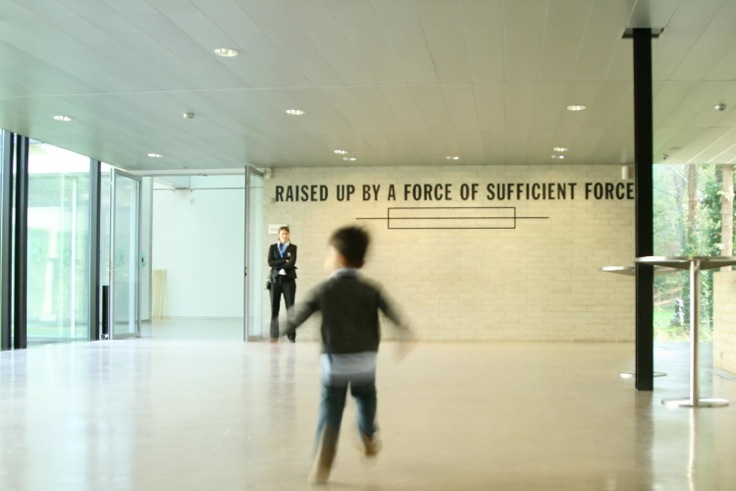
Dear Bram Jr.,
When I was pregnant with you, I had lofty aspirations and unrealistic expectations. I actually believed that If I allocated eight months (my entire pregnancy) of doing absolutely nothing but researching and reading all the highest rated parenting books according to Amazon and the New York Times, then everything would play out according to my plans. I was the perfect parent before I had you.
Part of the plan was to be writing monthly letters to you inspired by one of my favorite blogs – Nurshable. The premise would be to highlight your different quirks, personalities and milestones month by month. Helicopter-attachment-parenting at it’s absolute best, or worst, depending on whose opinion you’re soliciting. Obviously that didn’t happen because this is my first letter to you more than two and a half years after you were born. As a firm believer in self-improvement (I’m American after all), it’s never too late to start now.
So let’s get to the heart of our story shall we?
At two years and seven months, you make being a mom an absolutely wonderful experience. I’m starting to distrust the common myth of the terrible twos. Rather, I would like to re-name this wonderful age as the “terribly, terrific twos”.
You are so affectionate. You love random cuddles throughout the day and insist on falling asleep in my arms.
You’re very clear of what you do and do not want. And while you also have your set of preferences, you’re also open to and curious about discovering the world around you. I pray that you never loose this. Stay true to yourself.
You love to sing and dance. I’m not sure where you got that from because your dad and I are tone deaf and each have two left feet.
The infamous toddler tantrums are far and few inbetween simply because we finally learned your language, rythm and schedule. You sometimes get upset and tears are shed to release your frustration. It doesn’t last long. There isn’t a simple explanation, perhaps an apology in order and a cuddle that would make everything better.
You are absolutely crazy about everything and anything related to transportation vehicles – construction trucks, cranes, trains, motorcycles, boats, and cars.
You love books and reading, whether it’s imaginary play reading, or one of us reading out loud.
You’re proactive about being helpful with household chores. Though it does take longer, a lot of patience and holding back my tongue, I’m absolutely delighted when you “help” set the table, vacuum, and load/unload the laundry. I’m afraid that the concept of folding clothes hasn’t
You’ve discovered the joy of stickers, coloring and arts and crafts. Thank God for your preschool to organize those things for you.
You’re finally sleeping in till at least 8:30 a.m. In my mind, that’s an absolute miracle.
You love being outside, whether to play in the sandbox, jump on the trampoline, lie on the grass (or trampoline) and stare at the clouds above, run around in the garden, “bike” to your heart’s content, and take walks in the forest right outside our front door.
You’re a foodie! Although you won’t eat everything, you’re always willing to try something new and decide for yourself whether or not your like it. You absolutely love Filipino stews like Chicken Tinola (Chicken clear broth stew with lemon grass), Bulalo (beef marrow stew) and Sinigang (Tamarind soup) and Pinakbet (Filipino vegetable medley stew) with a generous helping of rice. When you’re hungry, you would simply say “Soup rice”, climb up your chair and sit expectantly at the dining table.
And of course, you are absolutely crazy over herring with onions, smeer kaas (spreadable cheese), hagelslag (chocolate sprinkles) with white bread and butter, and french fries. To get to your heart, a warm cup of chocolate milk always does the trick.
I was actually caught off-guard with how enjoyable parenting a toddler can be. Perhaps I read too much of Scary Mommy and The Huffington Post. Rather seeing the humor of all the wonderfully witty stories, I became anxious about this stage and dreaded it. Sarcasm sometimes gets lost in translation. Forgive me for being wrong.
Being a mommy blogger, I’m also careful to protect your privacy. There are the things unwritten and unsaid that will remain just between us. Though part of blogging is connecting to the bigger and larger world, to commiserate and share our experiences, I’m also coignizant that some things shouldn’t be shared unless with your permission. And right now, at two years and seven months, I have the foresight to gage that it’s a little too young and presumptious of me to ask it of you. But what I can share with conviction, is that overall, our life right now when you’re two years old is perfectly imperfect.
I don’t know how long this stage is going to last. The superstitious voice in my head (a byproduct of having Filipino parents) warns me that providing an honest snapshot of my personal life would mean sabotage. But the reality is, and it took me becoming a mother to internalize this fact, is that nothing in life is permanent. Not if, but when. The only things we have my dear son is now, our hopes, our dreams and each other.
These must be the precious handful of little children years that empty-nesters long for the most. When a young family’s life can be chaotic and exhausting, but delightfully simple and refreshingly ordinary. For now, there’s no worries about school bullies, fitting in, grades, standardized testing (CITO and Common Core come to my mind), schedules governed by soccer practices and music lessons. We’ll cross that bridge when we get there (which isn’t too long from now I’m afraid). There’s also no dealing with teenage hormones, resentment issues, drama and a whole boatload of other emotional landmines that adolescence may bring.
So for now, waking up from the fog of severe sleep deprivation and exhaustion the first year and a half brought (and occassionally still does), I’m reveling in the moment of the terribly, terrific twos. Thank-you.
Love,
Your Mom
(Photo taken of my son at the Kröller-Müller Musem)

